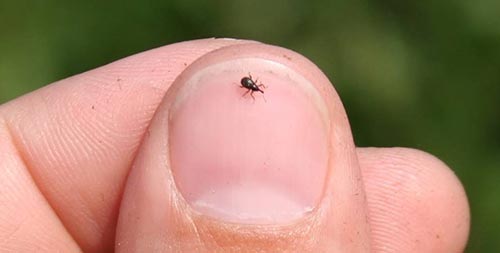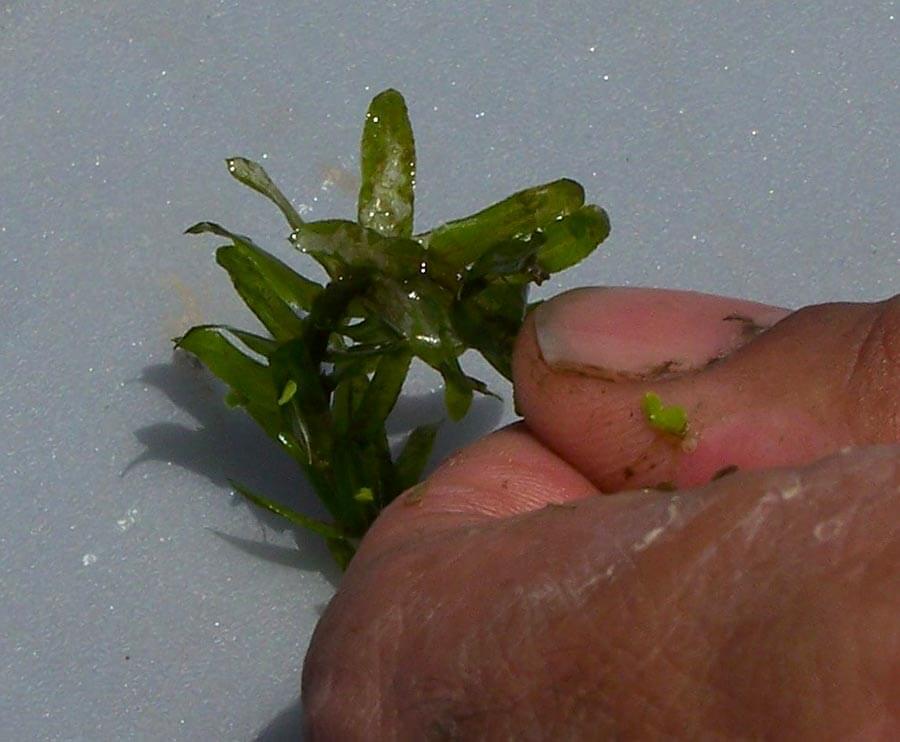Biological control is the use of biological agents (fish, pathogens, insects, plants…) to combat unwanted exotic species.
It is an effort to restore the ecological system of checks and balances. Most often, but not always, biocontrol agents are also exotic, making biocontrol a somewhat risky option. Most often, but not always, biocontrol agents are also exotic. Researchers travel to the countries of origin of the plants to find agents that naturally attack the unwanted species. These agents are tested in quarantine for “host-specificity,” in other words, will they consume only the target exotic invasive species, or native species too? Successful candidates eventually are released into their new environments. Sometimes the biocontrol agents are successful, sometimes not.
In the case of non-indigenous aquatic and wetland weeds, biological control insects have been tested and utilized since the 1960s.
 The tiny salvinia weevil is a very effective biocontrol agent.
The tiny salvinia weevil is a very effective biocontrol agent. Visible damage to hydrilla leaves from the effects of the leaf-mining hydrilla fly.
Visible damage to hydrilla leaves from the effects of the leaf-mining hydrilla fly.
